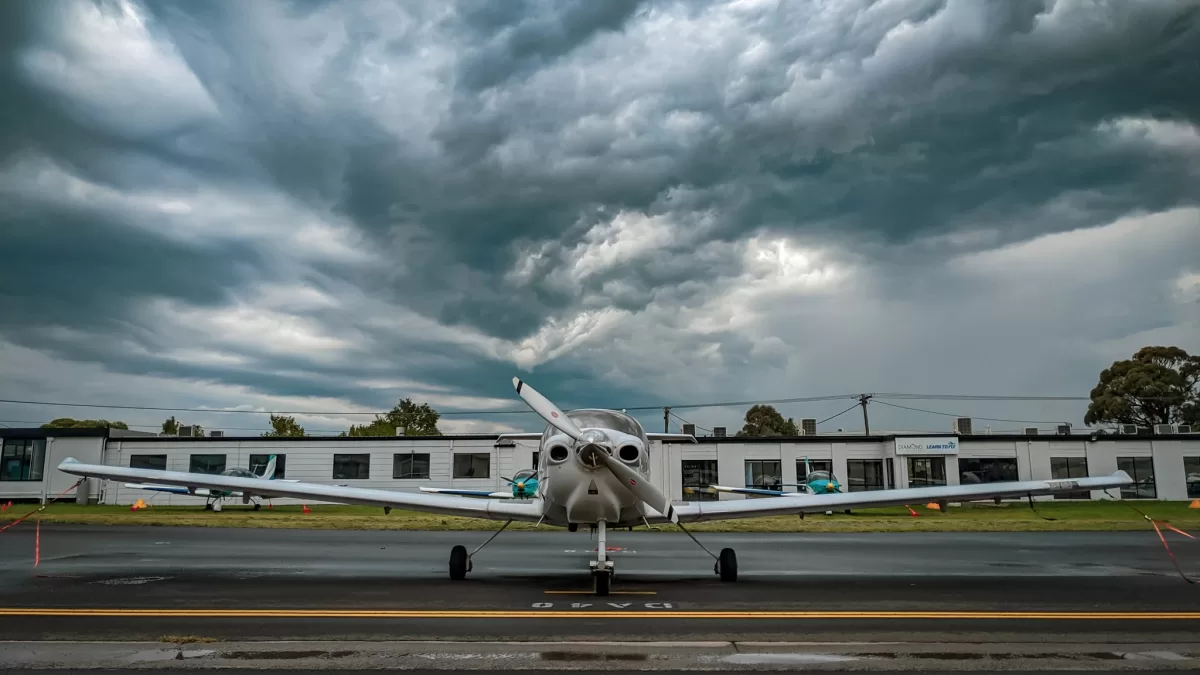
June 17, 2025
Advanced Flight Planning for Complex Weather Scenarios
The process of flight planning serves as the essential foundation for both safety and efficiency in aviation operations.
Complex weather scenarios require pilots to adapt traditional planning techniques toward more adaptive and knowledge-based strategies. To navigate environments with thunderstorms and icing alongside turbulence and low visibility conditions, pilots are required to use advanced flight planning that incorporates multiple data sources together with decision-making frameworks and technological tools.
The Challenge of Adverse Weather
Weather continues to be the most unpredictable factor affecting aviation operations. Complex weather can manifest as:
- Convective activity (e.g., thunderstorms, squall lines)
- Reduced visibility from fog, rain, or snow
- Icing conditions at various altitudes
- Turbulence due to jet streams or terrain
- Frontal systems alter wind patterns
Despite having access to onboard radar and automated systems, modern aircraft leave pilots with the task of making decisions based on real-time information.
Elements of Advanced Flight Planning
1. Pre-Flight Weather Briefing
Comprehensive weather analysis through METARs, TAFs, SIGMETs, and satellite imagery forms the foundation of effective planning. Advanced preparation involves:
- Pilots must analyse storm cells along with turbulence areas and freezing altitude measurements during their flight planning.
- Continuous observation of frontal system trends and pressure gradient movements is essential.
- The process of analysing wind patterns above cloud level helps to understand their effects on aircraft fuel consumption and flight turbulence.
- Graphical Forecasts for Aviation (GFA) and ensemble weather models provide pilots with enhanced situational awareness to predict potential hazards before taking off.
2. Route and Alternate Selection
In poor weather, route flexibility becomes critical. Pilots must evaluate:
- Reroutes to avoid hazardous weather zones
- Favourable winds to optimise fuel efficiency
- Suitably equipped and weather-favourable alternate airports
Pilots need precise calculations for alternate fuel requirements and contingency reserves, as well as holding time to maintain viable flight options.
3. Altitude and Performance Considerations
Choosing the right flight level is vital:
- Flying above freezing levels to avoid icing
- Descending to avoid turbulence or shear
- Selecting altitudes with optimal winds aloft
Environmental factors require performance planning to remain flexible. Icy and wet runway conditions extend landing distances, and high-density altitudes decrease climb performance. The calculations for determining take-off and landing distances should include these elements as part of the evaluation process.
Leveraging Technology for Weather Management
Electronic Flight Bags (EFBs)
The introduction of Electronic Flight Bags revolutionised weather planning procedures for pilots. Pilots can adjust their flight plans during transit using integrated radar overlays alongside real-time NOTAM updates and updated navigation systems.
Weather scenario training forms a standard component of pilot courses to help pilots build their decision-making abilities through simulated weather conditions.
Strategic Decision-Making In Flight
Even the best pre-flight plans require adaptation. Pilots need to maintain ongoing surveillance of flight conditions through ATIS data and PIREPs, as well as their aircraft’s onboard systems.
Effective in-flight decisions include:
- Requesting reroutes around storm cells
- Changing cruise altitudes for comfort and efficiency
- Pilots need to update their destination plans or select alternate airports when weather conditions get worse.
An adaptive mindset becomes crucial to uphold safety standards and achieve mission goals when encountering unexpected changes.
Training and Instructional Approaches
Flight schools equip pilots to manage weather complexities through combined theoretical learning and practical, real-world exercises. Students at a Melbourne flight school receive training to:
- Interpret weather products in detail
- Use advanced navigation and EFB tools
- Rehearse weather-driven rerouting through simulators
- Use fuel calculations along with weight assessments and alternate destination planning for authentic cross-country flight missions
The comprehensive training program enables students to manage weather situations both locally and internationally while maintaining high readiness levels.
Regulatory Considerations
CASA, among other aviation authorities, requires comprehensive weather planning for every flight. This includes documentation of:
- Valid weather briefings
- Alternate selection with updated forecasts
- Reserve fuel and contingency margins
The Threat and Error Management (TEM) framework stands as an industry best practice that builds upon compliance requirements to create systematic approaches for both identifying and reducing risks.
Advanced flight planning in complex weather situations extends beyond technical skills to embrace a mindset of preparation, adaptability, and strategic thinking. Implementing EFB tools along with realistic training scenarios and situational awareness enables pilots to maintain safety while steering through unpredictable conditions.
Planning for complex weather remains essential whether you begin pilot training or engage in ongoing professional development. Structured programs and simulation, combining practical instruction with technology and sound judgment, equip pilots to handle future atmospheric challenges.








